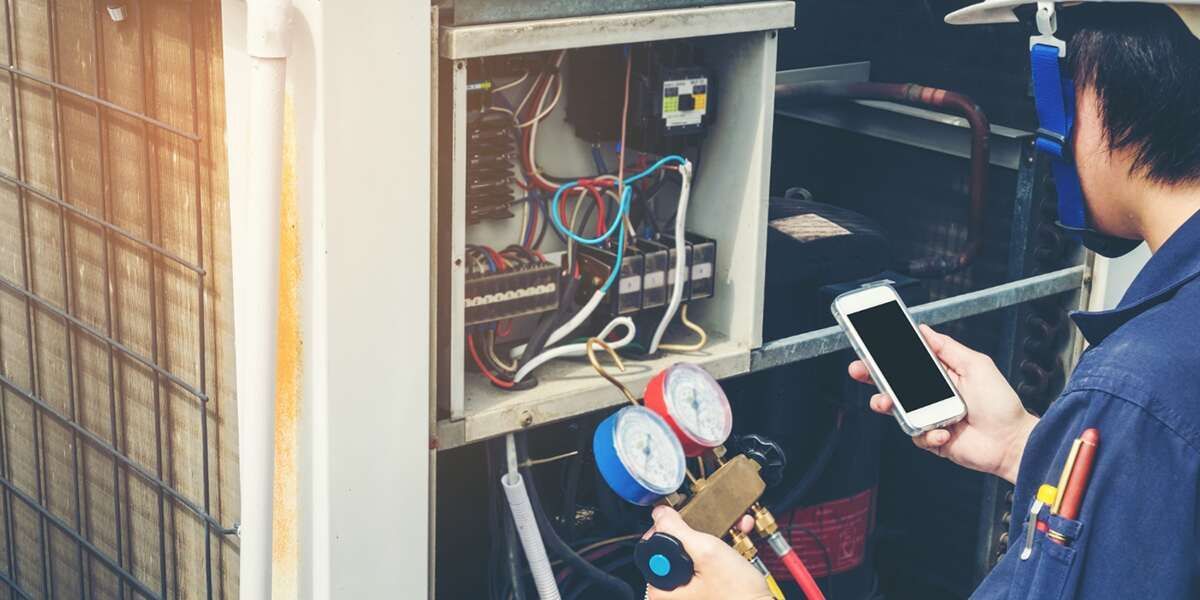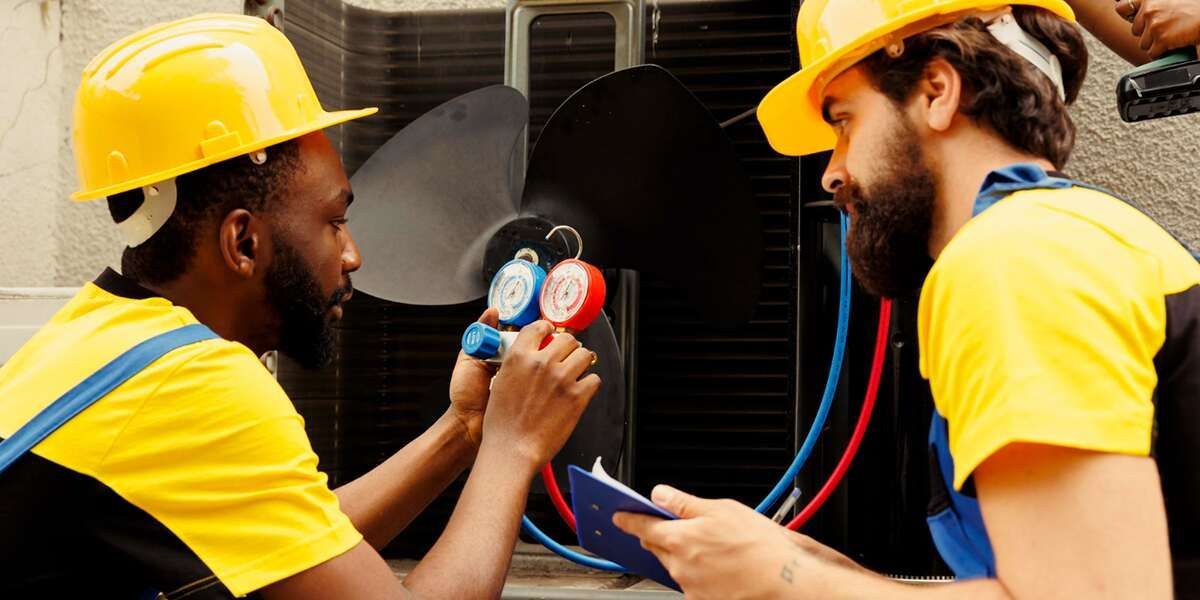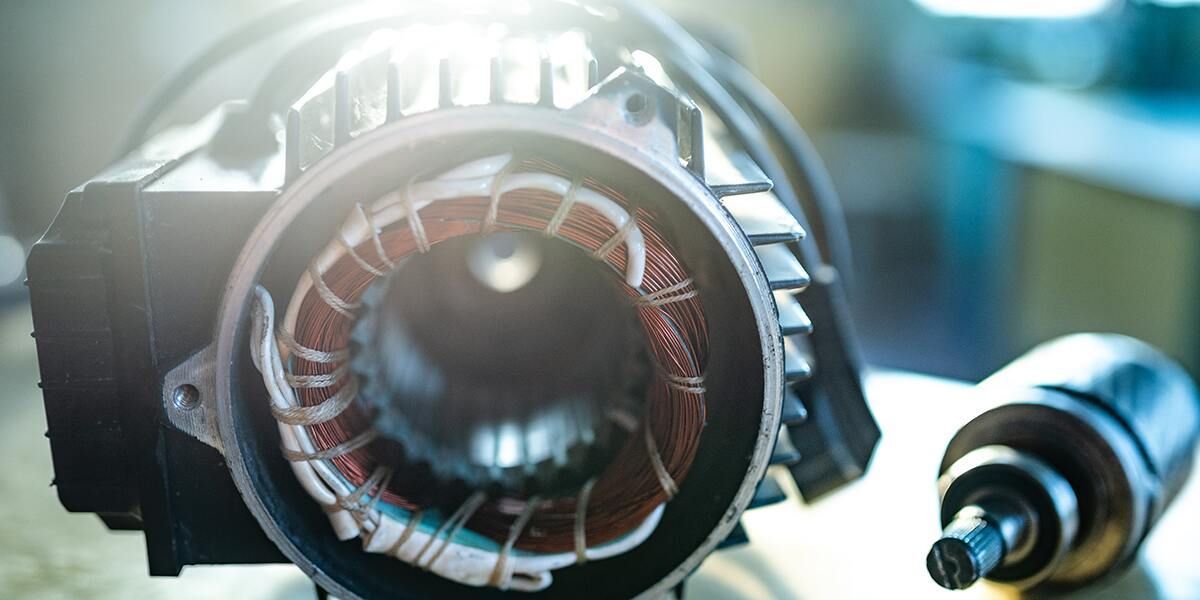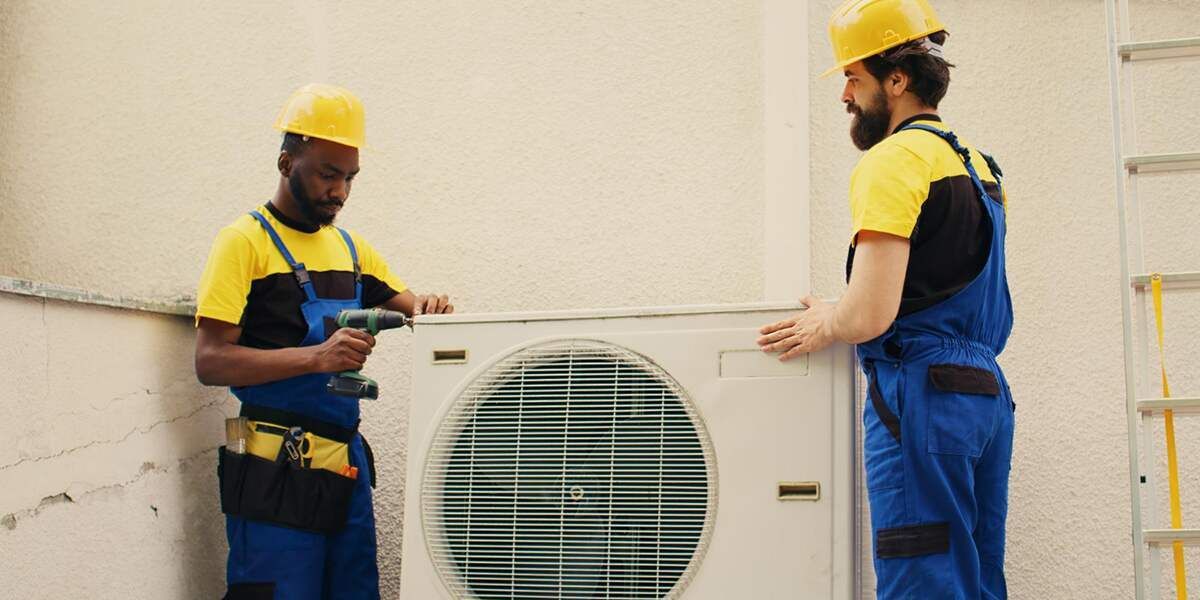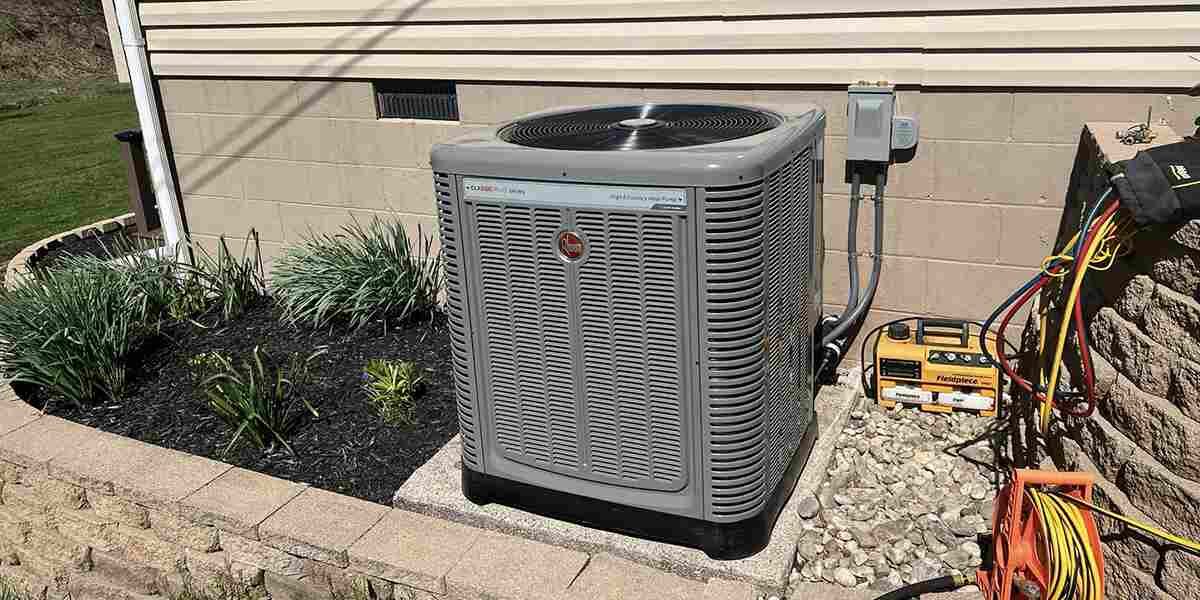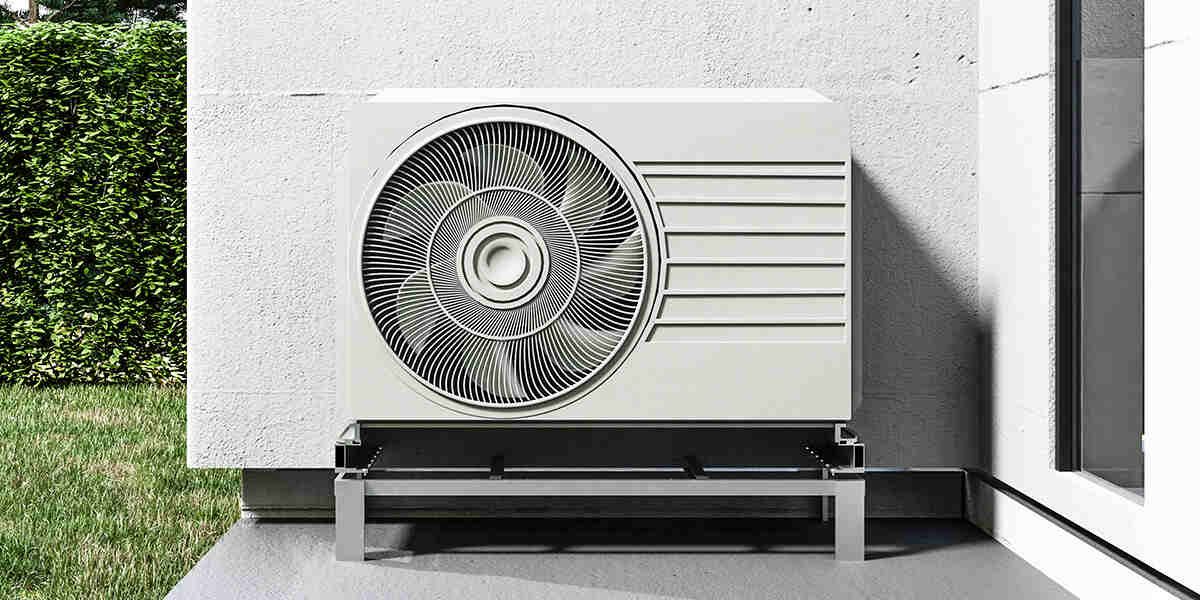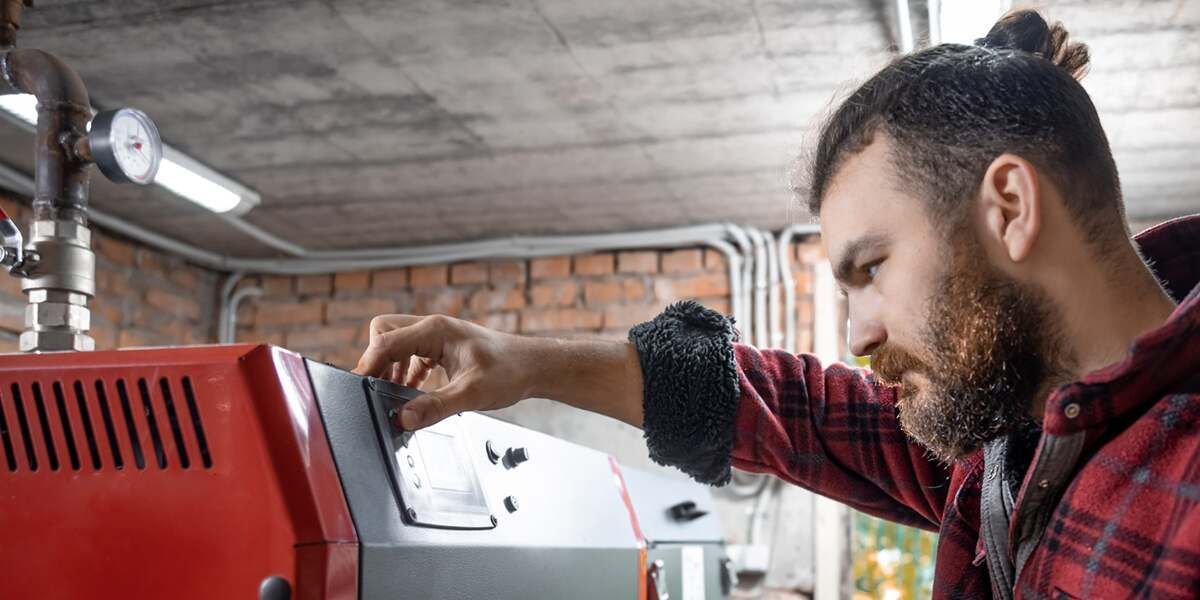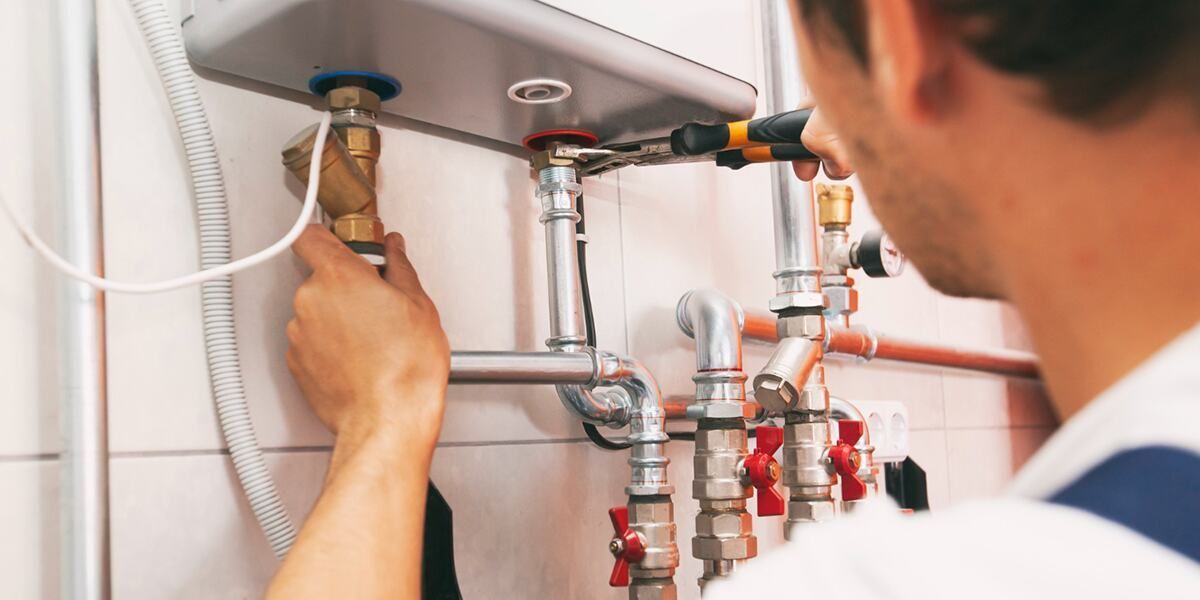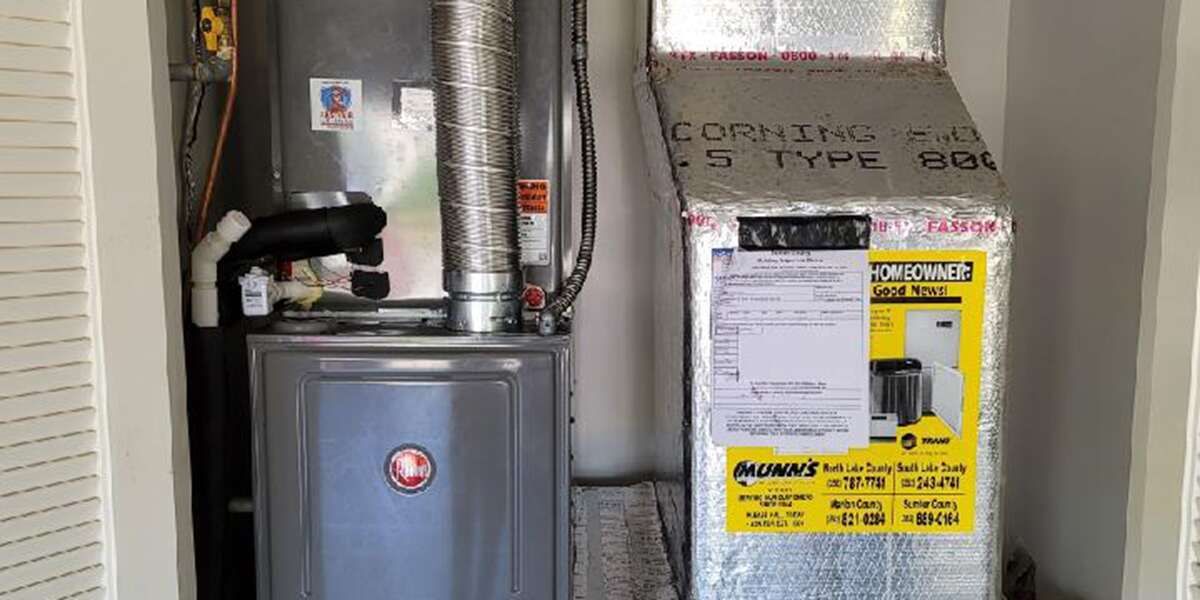EMERGENCY SERVICE AVAILABLE
Do New Furnaces Have Pilot Lights?
Struggling to keep your home warm due to a malfunctioning furnace? Call our Fast Air Repair team at 352-290-7968 to schedule a service!
Few parts of a home are as important as the furnace. Furnace systems keep you and your family warm, especially during those cold winter months.
For a long time, furnaces came with a pilot light, which is a small flame the heating system uses to start properly. Many homeowners with new furnaces notice the lack of a pilot light and ask, "Do new furnaces have pilot lights?"
In this guide, Ocala's professional heating installation experts at Fast Air Repair explore pilot lights' drawbacks, illustrating why modern gas and electric furnaces no longer use them. We also provide tips on whether your furnace needs replacing.
The Drawbacks of Pilot Lights
For many years, furnaces came preinstalled with pilot lights. Homeowners grew accustomed to checking their furnace's pilot light to see if it worked properly. In recent decades, pilot lights have fallen by the wayside and become obsolete. How did this change happen?
Furnace manufacturers phased pilot lights out of production for several reasons. Here are some of pilot lights' biggest drawbacks:
- Energy waste: Pilot lights have to stay on at all times. As a result, your furnace will continuously consume gas, even when it is off.
- Safety: Unfortunately, pilot lights occasionally cause carbon monoxide buildup. This problem occurs when the light fails to burn fuel efficiently.
- Unreliability: Older furnaces require an active pilot light to work. If the pilot light goes out for any reason, you'll lose heat.
- Cost: Pilot lights constantly run, even when a furnace isn't actively heating a room.
Out of all of these factors, the most influential is undoubtedly cost. Pilot lights cost a mini-fortune to run! Your average pilot light uses about 600 BTU (British Thermal Units) per hour to keep its flame lit.
Given that the average homeowner keeps their furnace running 24 hours a day, this BTU per-hour rate jumps up to 14,400 BTU per day. So for an entire year of operation, a pilot uses 5,256,000 BTU.
Many homeowners might not know why this BTU per-hour rate matters. It matters because energy expenditure translates into financial costs. For instance, if you always leave your electricity on, your energy bill will be significantly higher than it would be otherwise.
As of February 2023, the natural gas price per million is about $2.38. At this rate, you'd be paying an extra $10 per year to keep your pilot light running. However, natural gas prices fluctuate, going as high as $5.51 as recently as October 2021. Regardless, this extra cost adds up over time and is a large part of why manufacturers stopped including pilot lights in their new furnaces.
Does My Furnace Have a Pilot Light?
The easiest way to tell if your furnace has a pilot light is to check it yourself. If you notice a small blue flame on its backside, you have a pilot light. While checking, be careful not to adjust your furnace's gas valve in order to keep yourself safe.
If you own an electric furnace, chances are you do not have a pilot light. However, if your furnace uses gas to function, consider its age. Gas furnaces made before 2000 have pilot lights, while those made in the early to mid-2000s almost always do as well.
Most furnaces made during the 2010s do not use pilot lights, especially those made in 2018 or later. Pilot lights were obsolete by the end of that decade, but it's always best to check your furnace's manual to confirm whether it has a pilot light.
Do Electric Furnaces Have Pilot Lights?
If you're asking, "Do new furnaces have pilot lights?" and are thinking about your electric furnace, the answer is usually no. There are exceptions for electric furnaces made before 2010, but most units use other alternative ignition systems.
Most modern electric furnaces do not have pilot lights, especially if they're from within the last decade. Instead, they use a device known as a hot surface igniter to kickstart the heating cycle. This igniter piece uses electricity to heat your furnace to your desired temperature, shutting off after finishing the job.
Some electric furnaces use alternative devices known as intermittent pilots, which use a little flame to ignite the furnace's burners. However, unlike pilot lights, they only work when you turn your furnace on. They won't run unless your furnace is on, keeping your gas bill in check.
Intermittent pilots avoid many of the other pitfalls of pilot lights. Unlike pilot lights, they don't emit any carbon monoxide, so you can sleep easy knowing you and your family aren't at risk. Moreover, they're much more consistent and reliable than pilot lights and won't cost you a fortune to operate.
Ask your local furnace experts about the difference between hot surface igniters and intermittent pilots. While both ignition devices accomplish the same task, there are differences between the two that you might want to consider.
Do Gas Furnaces Have Pilot Lights?
Gas furnaces are more likely to have pilot lights, as many are over 20 years old. Gas furnaces are also incapable of using electrical ignition devices such as intermittent pilots and hot surface igniters.
However, new gas furnaces do not have pilot lights. Manufacturers of electric and gas furnaces have recognized the inherent downsides of pilot lights and phased them out completely. Modern, AFUE 80+ certified gas furnaces use state-of-the-art technology for ignition that doesn't involve pilot lights in any way.
Do I Need to Replace My Old Furnace?
You might be curious as to whether your old furnace needs replacing. After all, if it has a pilot light, isn't it out of date? Ultimately, it's up to you to determine whether you want to replace your old furnace.
However, it's worth considering the costs of pilot lights. Even if furnace replacement services require an upfront fee, you'll probably save money on your energy bill and further maintenance fees over time. This fact is especially true for furnaces over 30 years old, as they often break down in need of repairs.
You may even be eligible for a natural gas rebate if you upgrade your old gas furnace!
Replacing your furnace becomes more than a nice home improvement goal if you're experiencing carbon monoxide buildup from a pilot light. Check your carbon monoxide alarms and ensure they are in working order, and consider investing in carbon monoxide detection gear. If your furnace's pilot light is any color besides blue, seek immediate professional help.
Pilot lights require a consistent and reliable supply of fuel to burn. When a fuel supply is contaminated, its color changes and emits carbon monoxide.
Professional furnace maintenance experts can do more than answer the question, "Do new furnaces have pilot lights?" They can save your life by preventing severe problems like carbon monoxide leaks.
Quality Furnace Maintenance and Installation Services
Our team at Fast Air Repair provides top-of-the-line furnace maintenance and installation services to homeowners in Ocala, FL. We pride ourselves on helping our community stay safe and warm.
If you're currently experiencing a furnace emergency, don't worry. We provide same-day service and are ready to answer your calls no matter what time of the day it is. You'll be blown away by our superior customer service and craftsmanship!
Whether you need furnace maintenance, installation, or emergency repair, you can rely on Fast Air Repair! Call us at 352-290-7968 to schedule a service and get answers to questions like, "Do new furnaces have pilot lights?"
Contact us for Service
Footer - Website Lead
We will get back to you as soon as possible.
Please try again later.
For emergency service, to get a free quote, or if you have questions or special requests, just drop us a line. We Look forward to serving you!
Hours Of Operation
- Mon - Sun
- Open 24 Hours
Emergency Service Available
All Rights Reserved | Fast Air Repair



